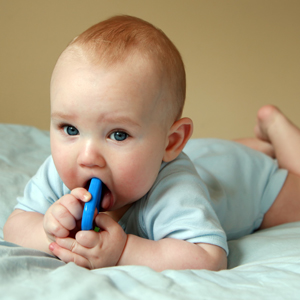
This time in PT News we recap what our clinics have been posting throughout October, 2018. Featuring published articles from PTandMe partnering clinics!

1. Kicking Injury Aside and Back on the Field
Written by Rebound Physical Therapy with 10 physical therapy locations throughout Bend, OR and the surrounding communities.
Physical therapists help patients with all kinds of disabilities or injury. Read about Kaylee’s journey through rehab as she goes from being a soccer athlete to having to relearn how to walk, and eventually get back into her sport. Read more

2. Transitioning to Indoor Activities
Written by the Therapy Team at The Jackson Clinics with 18 physical therapy locations throughout Northern VA and soon branching into Maryland.
While summer offers opportunities to walk, jog, bicycle, garden, play sports and get into shape, cold weather brings the temptation to eat more, move less and hibernate indoors. Shorter days, frosty air and holiday parties can threaten the fitness gains you made during the summer. Read more

3. The Importance of Physical Therapy on Women’s Health: All You Need to Know
Written by the Therapy Team at Cornerstone Physical Therapy with 5 physical therapy locations in Ohio.
Ever since the #1 New York Times bestseller entitled “Men Are from Mars, Women Are from Venus” by John Gray was published, more and more people have asked the question “What makes men and women so different?” Read more













